What to Include in a Field Medicine Emergency Kit, According to an ER Doctor
- Oops!Something went wrong.Please try again later.

Our editors independently select the products we recommend. We may earn a commission on items bought through our links.
Nature spares no one of its wrath, especially not ill-prepared hikers who mistake greenery-induced dopamine with justified intrepidness, and find themselves way off the beaten path. It doesn’t really matter how fit you are — a sudden change in weather or wrong turn can not only land someone in a precarious situation but also make it impossible to access emergency care in a remote setting.
Today's Top Deals
Astrid Haaland is a Utah-based ER doctor who specializes in wilderness medicine and has been doing avalanche rescues and tending to other outdoor emergencies for nearly five years. While Haaland, a professional, travels with a backpack filled with hospital-grade supplies that aren’t necessary for most weekend warriors, she does recommend everyone carry the basics for tending to common injuries, especially if they’re exploring a new area.
For the adrenaline-junkie helicopter skiers out there thinking a few bandaids and an avalanche beacon are enough, Haaland’s list is essential. These supplies may fix the problem entirely or, more importantly, mitigate deadly symptoms long enough to make it to a hospital.
Can You Just Use a Pre-Made Emergency Kit?
Using a premade emergency kit is kind of like living off only Lean Cuisine. It’s already put together and it’s more convenient, but it can’t possibly give you everything you need. It’s more worthwhile to gather the components yourself.
“[Kits] have to be adapted to different scenarios and levels of training, which is why I tend to shy away from the premade ones,” said Haaland.
It’s a bit more work to put something together at home, but in a worst-case scenario having a multi-tool that won’t snap and a dependable flashlight is worth the extra effort.
Spending a lot of money on something one never hopes to use can feel fruitless, but accidents happen — and that demands preparation.
SPY’s Field Medicine Kit Checklist
Below is a list of everything Haaland keeps in her emergency pack, separated into three categories: tools/general supplies, medical, and survival. Certain products were hand-selected by Haaland, and others were picked by SPY editors using her expert guidance.
Tools and General Supplies
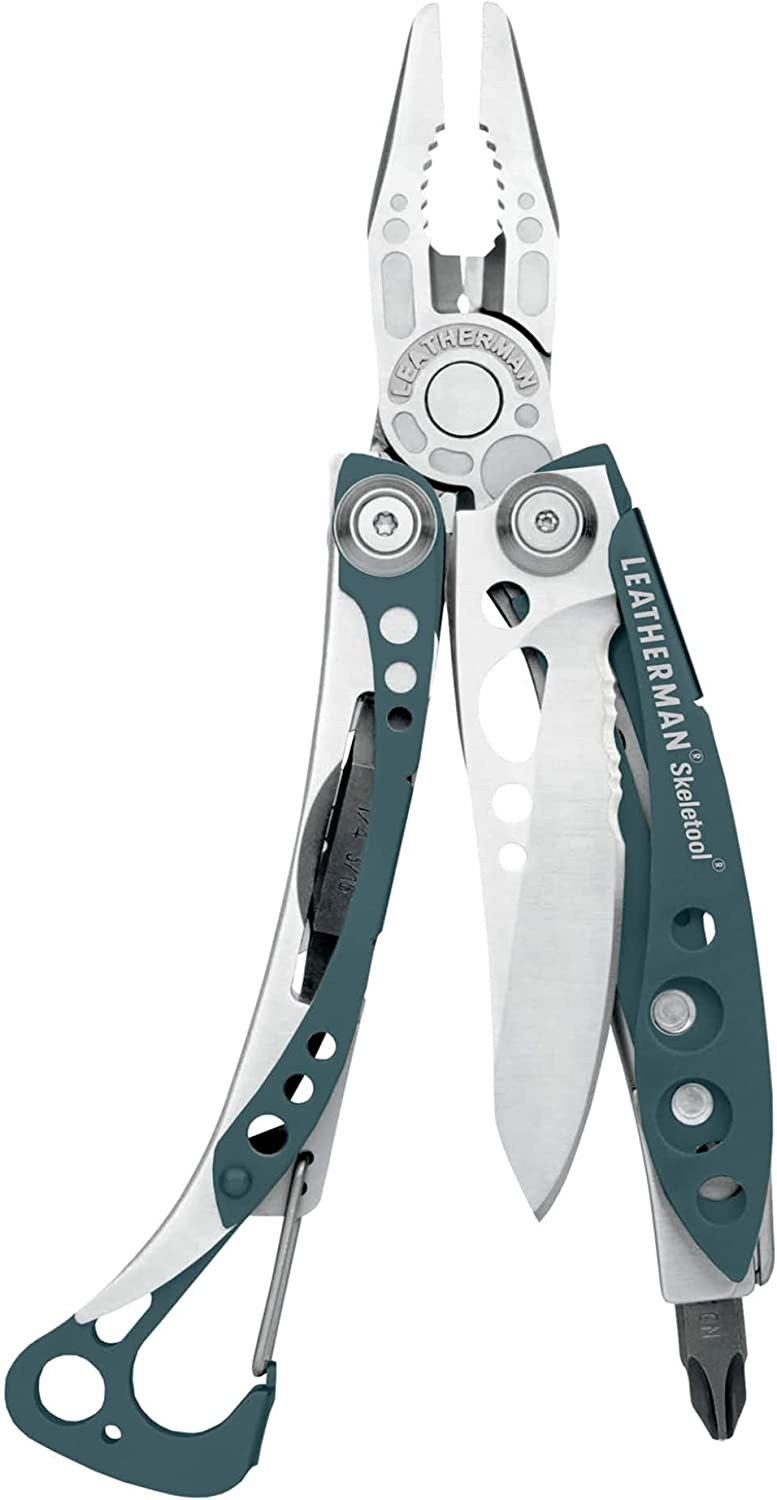
LEATHERMAN Skeletool Lightweight Multitool
Buy Now On Amazon
“After a bit of trial and error this one from Leatherman is my favorite,” said Haaland. The Skeletool Multitool packs an impressive seven tools inside five ounces and has a removable pocket clip so it can easily attach to the outside of a backpack or fanny pack.
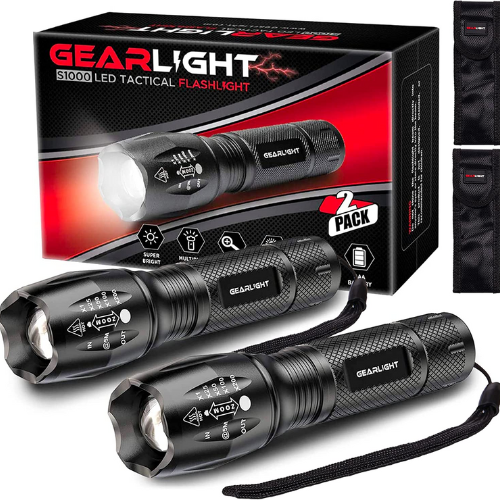
GearLight LED Flashlight
Buy Now On Amazon
A lightweight, dependable flashlight is crucial for outdoor safety, especially in an emergency. This ultra-bright flashlight is made with military-grade aluminum that can withstand a 10-foot drop and has a small, compact design.
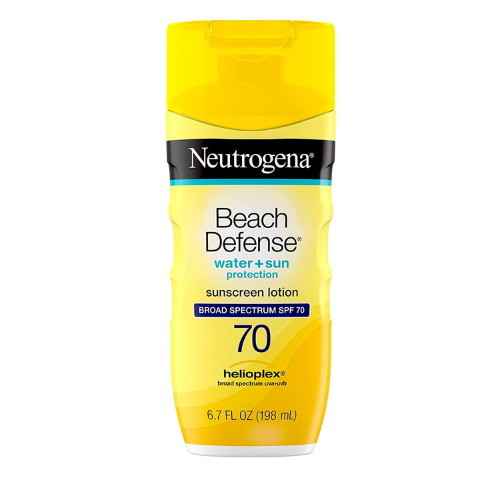
Neutrogena Beach Defense SPF
Buy Now On Amazon
A bad sunburn can make a carefree day in nature much more uncomfortable and can ruin everything from sitting in a chair to getting a good night’s sleep. Having dependable SPF on hand and applying often is crucial, and this fast-absorbing cream from Neutrogena is designed to protect skin from the blistering sun.
Haaland listed a few other key tools she always carries with her into the backcountry:
Duct tape (Haaland typically makes her own mini roll to avoid carrying a full heavy roll around)
Hand soap and hand sanitizer
Medical
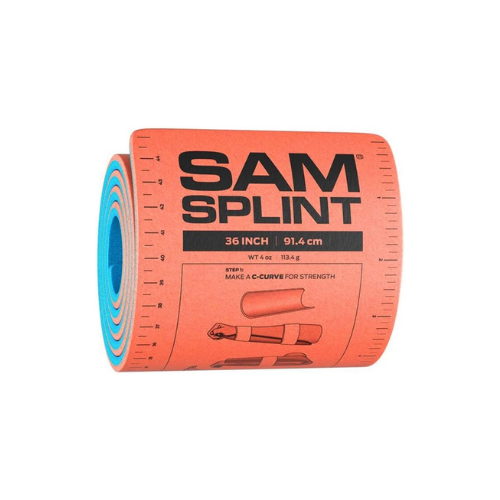
SAM Splint
Buy Now On Amazon
Haaland recommends having an aluminum foam splint on hand, especially for those who are medically trained and know how to use it.
“[The National Outdoor Leadership School (NOLS)] has done a bit of work on the most common medical emergencies, and musculoskeletal injuries and minor wounds are by far the most common ones,” Haaland said. So it’s not a bad idea to have a split like this on hand, and Haaland said this particular model is lightweight enough that it’s worth having even for those who aren’t trained to use them.

3M Medipore Surgical Cloth Tape
Buy Now On Amazon
This product “covers any need duct tape doesn’t,” and is “also good for foot care” Haaland said. Walking is often the only mode of transportation in nature, so according to Haaland, proper foot care is essential in these scenarios.
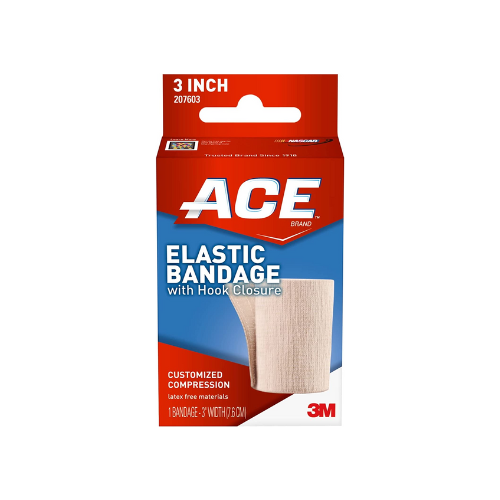
ACE 3" Elastic Bandage Wrap
Buy Now On Amazon
Having a bandage wrap for fastening and stabilizing wounds can be very helpful and comforting in the event of a sprained wrist or twisted elbow. This one is 3 inches wide and has a fastened closure to help keep it tightly attached.
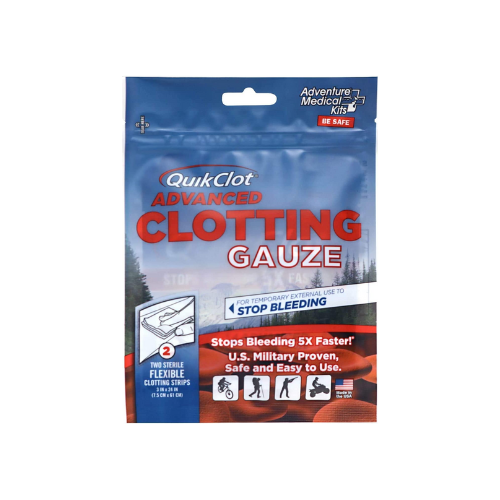
QuickClot Clotting Bandage
Buy Now On Amazon
Haaland uses this as her go-to clotting bandage in case of big cuts and wounds. It’s made to accelerate natural blood clotting and stop bleeding within a few minutes, which can be life-saving.
A few other medical care items Haaland always keeps in her pack:
Moleskin for foot care
Plastic zip ties, which can serve as a pseudo-tourniquet in desperate scenarios
An actual tourniquet
A small skin stapler for wound closures
A tincture of benzoin that makes all adhesives to the skin easier and comes in small, single-use packages
Haaland also noted that while many emergency wilderness medicine doctors carry prescription-strength medications, it’s not necessary for most people.
“Doctors in general overrate the use of medications in the wilderness,” Haaland said. “[Over-the-counter] ibuprofen, Tylenol and allergy medications make sense.”
Haaland has spent the better part of the last decade conducting nature rescues, but recounted how it’s often not something disastrous that ends an excursion early.
“I worked with a long-time wilderness guide one time who claimed one of the most common conditions causing people to cut trips short was constipation, so I carry some laxatives as well. And antidiarrheal… An unfamiliar environment and food can definitely make for an upset GI system,” said Haaland.
Survival
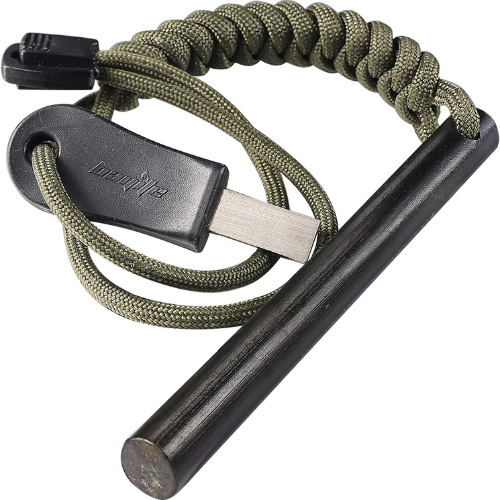
Bayite 4 Inch Fire Starter
Buy Now On Amazon
No one needs to be an Eagle Scout to be properly prepared. Buy a lightweight, portable fire starter, and thank your lucky stars you don’t have to rub two sticks together to spark a flame. This one comes with a 5-foot paracord and six different striking edges for convenience.
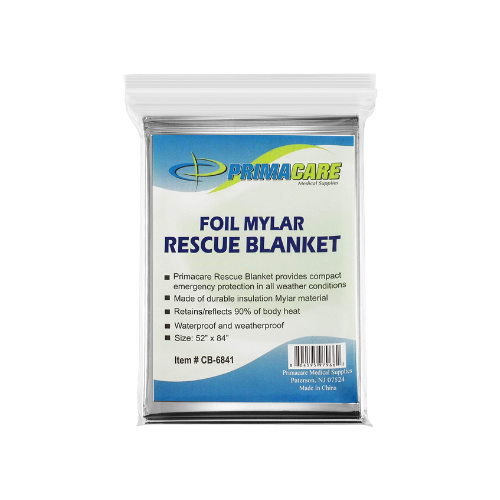
Primacare Emergency Mylar Reflective Blanket
Buy Now On Amazon
Haaland specified that aluminum/plastic reflective blankets will do the best in an emergency scenario. They also happen to be some of the cheapest items in your kit. A 10-pack is $9, so you might as well throw a few in your bag.
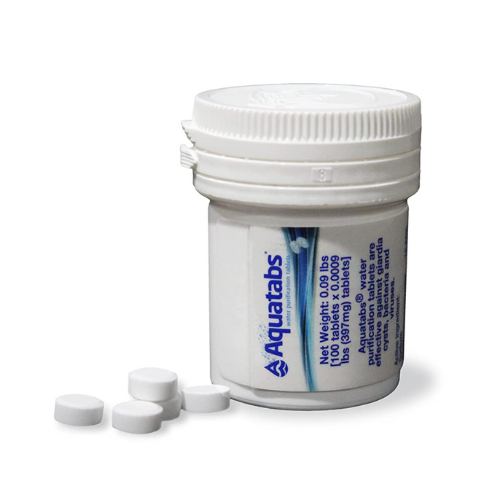
Aquatabs Water Purification Tablets
Buy Now On Amazon
Haaland recommended some form of water purification system and noted that one of the safest and cheapest is actually a type of bleach formulated for disinfecting and sanitizing. These tablets claim to kill 99.999% of bacteria and Giardia, and one tablet can disinfect up to 4 gallons of water in 30 minutes.
Haaland noted that a small water filter, a UV light, or boiling water are all good alternatives as well.
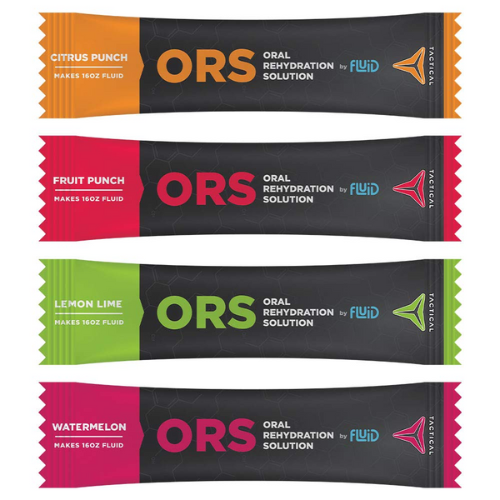
Fluid Tactical ORS Packets
Buy Now On Amazon
Fast rehydration is another potentially life-saving tool to have in an off-the-grid arsenal. These oral rehydration solution packets contain three times the electrolytes as other sports drinks and are specially formulated to rehydrate quickly in extreme conditions where access to water may be limited.
Frequently Asked Questions About Emergency Medical Kits
Do I need an emergency medical kit?
Whether or not you need an emergency medical kit — and what it includes — depends on what you’re doing in nature. A 5-day off-the-grid backpacking adventure with no cell service and lots of scrambling up high peaks? You’re going to want a pretty comprehensive kit with plenty of medical supplies, rehydration materials, and an emergency blanket — the works. If you’re car camping? A full suite of supplies may be less necessary, but if you’re not carrying it, it doesn’t hurt to have stuff on hand.
What if I don’t know how to use the supplies in my kit?
YouTube tutorials and in-person wilderness first aid classes can be helpful. If lots of off-the-grid adventuring is in your future it’s probably worth investing an hour or two in learning some basic skills.
How large should an emergency medical kit be?
Very few essential supplies are that big, so the average kit shouldn’t be larger than a stuffed fanny pack or small backpack. It might feel like a significant investment, both financially and in terms of backpack real estate, but in a critical scenario, it’ll be the most valuable thing you brought.
Can I just bring my earthquake/tornado/hurricane emergency kit from home?
You could, but it wouldn’t be very effective given that those kits tend to be very heavy and contain supplies that aren’t quite right for nature. The most important part of an outdoor emergency medicine kit is medical supplies; the most important part of a home survival kit is food, water and warmth. Go ahead and leave it in the garage.
More Top Deals from SPY
Best of SPY

